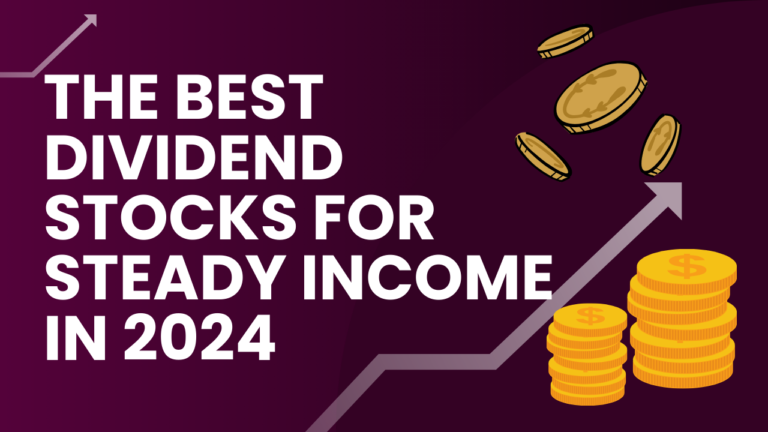Life is full of surprises, and not all of them are pleasant. Whether it’s a sudden job loss, an unexpected medical bill, or even a minor car repair that spirals into a major expense, having an emergency fund can make all the difference. Imagine facing these challenges without the added stress of financial uncertainty. An emergency fund serves as your safety net, providing peace of mind when you need it most.
For students especially, navigating finances can be tricky. The concept might seem daunting at first—where do you start? How much should you save? But the truth is that building an emergency fund doesn’t have to be overwhelming. With some simple strategies and a little discipline, anyone can create financial security for themselves.
Let’s delve into why having this cushion is crucial and how you can build yours effectively!
Understanding the concept of an emergency fund
An emergency fund is essentially a financial buffer. It’s money set aside specifically for unforeseen expenses. Think of it as your safety net in times of crisis.
Life can throw curveballs—medical emergencies, car repairs, or even sudden job losses. When these situations arise, an emergency fund helps you cover costs without going into debt.
This fund should be easily accessible but separate from your regular savings account. You want it to grow but remain liquid for when you need it most.
The idea isn’t about saving up for luxuries; it’s about being prepared for life’s unpredictability. Establishing this foundation allows you to navigate financial surprises with confidence and security.
Why having an emergency fund is crucial
Having an emergency fund is essential for financial stability. Life is unpredictable, and unexpected expenses can arise at any moment. Whether it’s a medical bill, car repair, or job loss, these situations can cause significant stress.
An emergency fund acts as a safety net. It allows you to manage unforeseen circumstances without derailing your budget or resorting to high-interest loans. This buffer helps maintain peace of mind during tough times.
For students, the stakes are even higher. Balancing tuition fees with daily living costs creates additional pressure. An emergency student fund can provide relief when faced with sudden setbacks like textbook expenses or urgent travel needs.
Building this fund fosters healthy financial habits too. You learn discipline by saving consistently and prioritizing your future security over immediate gratification. Having that cushion enables smarter decision-making when life throws curveballs your way.
How much should you have in your emergency fund?
Determining the ideal amount for your emergency fund can vary based on personal circumstances. A common rule of thumb is to aim for three to six months’ worth of living expenses. This range provides a cushion during unexpected financial setbacks.
Consider your specific situation. Are you a student balancing tuition and living costs? An emergency fund for students might require less than someone with a family or mortgage responsibilities. Tailoring your goal ensures it meets your needs.
Evaluate fixed monthly expenses such as rent, utilities, groceries, and insurance when calculating this figure. Be realistic about what you’d need in case of job loss or unforeseen medical bills.
The key is to create a safety net that feels secure but remains achievable within your budget constraints. Regularly reassess this amount as life changes occur—like graduating from college or changing jobs—to ensure it stays relevant to your evolving circumstances.
Tips for building an emergency fund
Start small. Allocate a specific amount from your paycheck each month.
Even $10 can add up over time. The key is consistency.
Automate your savings to make it easier. Set up a direct deposit into a separate account dedicated to your emergency fund.
Look for areas in your budget where you can cut back, even if temporarily. Bring lunch instead of dining out or cancel an unused subscription service.
Take advantage of windfalls like tax refunds or bonuses by adding them straight to your emergency fund.
Consider side gigs or freelance work as extra income sources. Every little bit helps build that safety net faster.
Stay motivated by tracking your progress and celebrating milestones, no matter how small they may seem. This will keep you focused on achieving financial security without added stress.
Ways to save money for your emergency fund
Finding ways to save money for your emergency fund can be both rewarding and simple. Start by tracking your expenses. Understanding where your money goes is the first step toward saving more.
Consider setting up a separate savings account dedicated solely to this fund. This will help keep it distinct from your everyday spending.
Automate transfers into this account every month. Treat it like a bill you must pay, ensuring consistent growth of your emergency resources.
Cutting back on non-essential expenses can also make a significant difference. Review subscriptions or memberships that you rarely use and consider canceling them.
Using cashback apps or rewards programs when shopping may allow you to redirect those savings straight into your emergency fund as well.
Find creative side gigs or freelance work that align with your skills. Any extra income can significantly boost your financial cushion.
Where to keep your emergency fund
Choosing the right place for your emergency fund is essential. You want it to be accessible but also earning some interest.
A high-yield savings account can be an excellent option. These accounts often offer better rates than traditional banks, allowing your money to grow while remaining liquid.
Consider online banks or credit unions; they frequently provide competitive rates and lower fees. Another alternative is a money market account, which combines features of a checking and savings account.
If you’re comfortable with technology, look into apps that help save automatically. They often round up purchases and deposit the difference into your fund.
Avoid keeping funds in long-term investments like stocks or bonds since these can fluctuate significantly. The goal is quick access when emergencies arise without unnecessary risk involved.
Conclusion: The peace of mind and security that comes with having an emergency fund
Having an emergency fund is more than just a financial safety net; it’s a cornerstone of personal security and peace of mind. When unexpected expenses arise—be it medical bills, car repairs, or sudden job loss—the reassurance of knowing you have funds set aside can be invaluable.
Creating this fund offers stability in uncertain times. For students juggling tuition fees and living costs, having access to an emergency student fund can make all the difference in navigating life’s unpredictable moments without added stress.
The journey to building your emergency fund may require discipline and determination but starts with small steps: setting realistic savings goals, finding ways to cut unnecessary spending, or even considering options like thrift savings plans for long-term growth.
The sense of control that comes from being prepared cannot be understated. Whether you’re contributing toward a united Jewish appeal Israel emergency fund or saving specifically for emergencies as a student, every little bit counts towards financial security systems that protect us when we need it most.
Embracing the practice of saving consistently will empower you to face life’s challenges head-on—with confidence and resilience.











